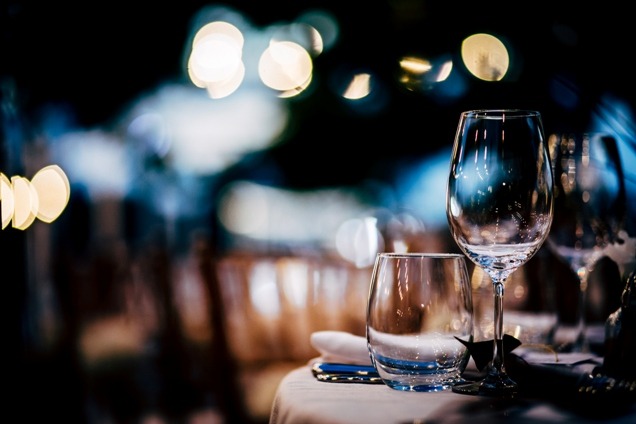The temporary reduction in VAT for hospitality is a welcome move, but as always businesses should beware of the details.
The changes in the VAT rate designed to help hospitality businesses should prove an incentive for customers to spend, whilst helping businesses through a very difficult time. However, as with all Government incentive schemes, the devil is in the detail and incorrect implementation could lead to increased fees to put the errors right or where errors are not corrected, penalties and interest levied by HMRC. Here are our nine top tips for getting it right:
- Not a new requirement, but make sure that your daily gross takings are correctly recorded. Takings should be recorded daily and included on the correct VAT return.
- If you are signed up for the Eat Out to Help Out scheme, make sure you understand the rules of the Scheme. Remember that VAT is due on the full bill, including the subsidy paid by the Government.
- Instead of all wet and dry sales being subject to VAT (we don’t cover accommodation or room hire in this article) some, but probably not all, of your sales may qualify for the reduced rate of VAT between 15 July 2020 and 12th January next year. The important distinction here is that alcoholic drinks are still liable to 20% VAT.
- The default expectation is that multi-button tills will be used to record sales at the 20% rate separately from those liable to the 5% rate of VAT. Tills may need reprogramming and staff will need training on correctly inputting the sales to ensure the correct rate of VAT is applied. For example, where food, soft drinks and alcohol are included in the same order the alcohol is still subject to VAT at 20% with the rest of the order qualifying for the lower, 5% rate of VAT.
- The well trailed promotions in the media, for example buy a meal for £10 and get a free pint, come with their own health warnings as for VAT purposes, the pint isn’t free. The £10 needs to be apportioned between the meal (5% VAT) and the pint (20% VAT). Again, staff training and till reprogramming may be needed here.
- The “gin and tonic conundrum.” In principle, if a customer orders a glass of gin, and separately orders a bottle of tonic, the tonic could be liable to 5% VAT. Since the new rules were introduced in a hurry, it is unclear whether to get the 5% rate on the tonic HMRC will require the customer to mix the gin and tonic themselves. In any case, busy bar staff need a workable system, and it may be simpler to just ring through the gin and tonic on the 20% VAT till button rather than try and split it.
- If you are able to justify to HMRC that you cannot use your tills to correctly record sales at the different rates of VAT, you may be able to use a special “retail scheme.” All schemes still require you to accurately record your takings on a daily basis and if you have this issue please get in touch.
- Some takeaway businesses may already be using either multi-button tills or a retail scheme if they sell cold, takeaway food qualifying for the zero-rate. However, given that certain cold takeaway food remains standard-rated, (e.g. most soft drinks or confectionery) these may potentially now have to deal with 3 rates of VAT (zero, 5% and 20%) and will need to consider what adaptations are necessary, e.g. if their till systems cannot deal with more than two rates of VAT.
- How businesses deal with service charges depends on whether they are compulsory or optional. There should be no VAT on optional charges and compulsory charges follow the main supply.
If you have any queries please contact Tom Penman, Tax Partner Email tompenman@bakertillymm.co.uk or Angela Keery, Tax Director Email angelakeery@bakertillymm.co.uk Tel: 028 9032 3466.

